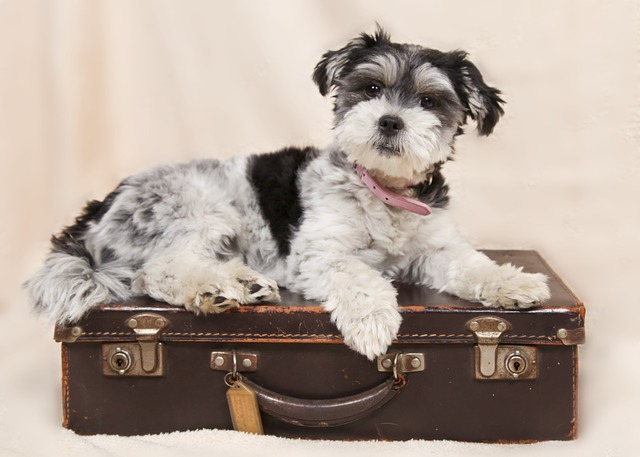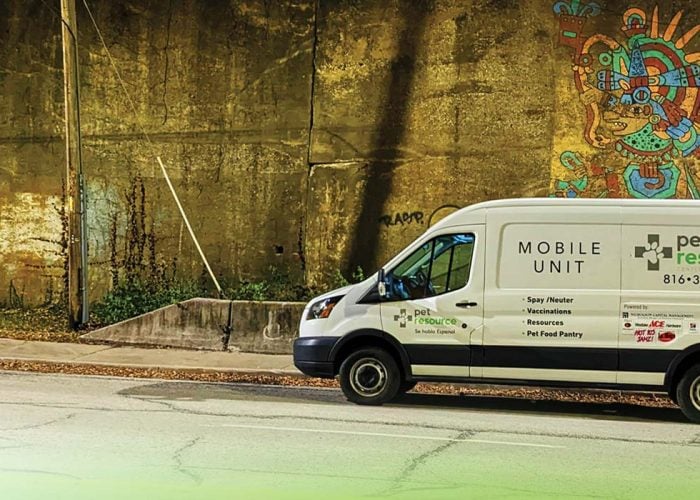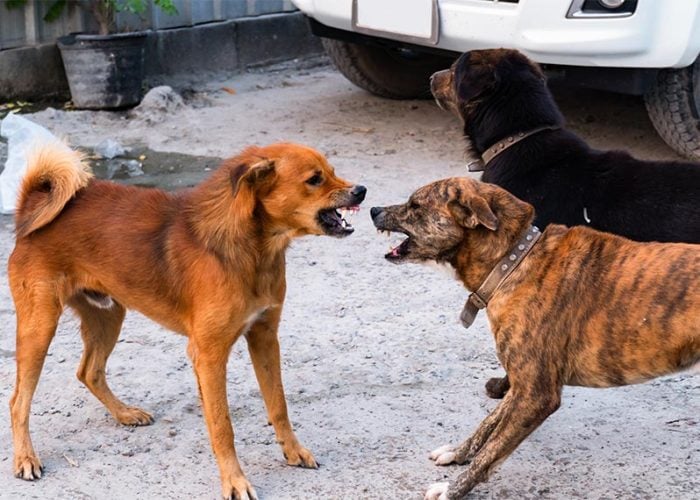Moving is stressful. Packing everything up isn’t fun at all, and for people whose home is their refuge, it can be anxiety-inducing to have your living space in disarray. Plus you have to ask yourself the hard questions, like “Why was I saving all these soy sauce packets?” and “Was there another person living here that I didn’t know about?”
For pets, moving can be even more anxiety-inducing, since you can’t really communicate what’s going on and that everything will be okay. And it’s not necessarily something that’ll just disappear once you plop them in the new place and say, “Okay, here’s your new home!” In some cases, they can develop stress-related behaviors. Pets: They’re Neurotic Just Like Us!™
It doesn’t take too much to minimize their discomfort. And even more than that, making your pet more comfortable during a move makes one less thing stressing you out, which ain’t too shabby, either. You’re a family, after all, and pets pick up on the stress of their owners, so let’s just make it easier on everyone.
You can divide the effort into three parts: preparation, moving day, and your first days in the new place.
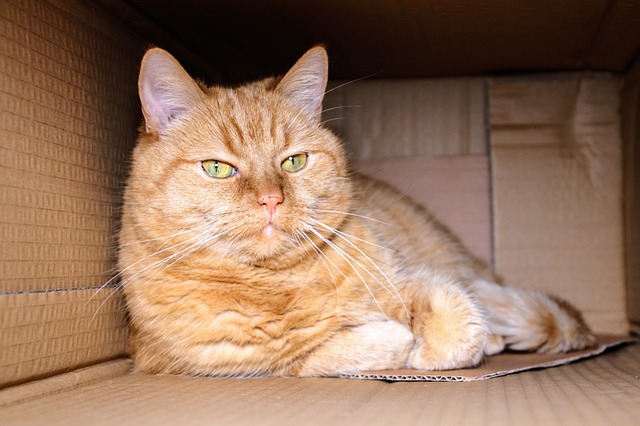
PREPARATION
Congrats on your new place! Time to put all your belongings in boxes so you can move them to the new place and then take everything out again. This is when your pet will start to be interested in what’s going on, even maybe a little nervous. Why are all the smells going away? The best thing to do is let them be a part of it. Let them sniff things, look around, and hang out if they’re not actively getting in the way. Many cats will want to get in the boxes, and as long as you pay attention to where they are and don’t seal them up, it’s fine to indulge them in their “If I fits, I sits” lifestyle choice. With dogs, there’s a tendency to want to crate them or put them in another room so they don’t get in the way, but that’s a doorway to stress-related behaviors, because there’ll be all this commotion, but they won’t be able to see what it is.
An important thing to remember is to keep your basic pet supplies in a single place as you pack and consolidate so that nothing gets lost in the shuffle. Being able to maintain your regular routine without interruptions helps them feel like things are still normal. Using a clear bag or storage container will help you identify your pet’s belongings even among the sea of boxes and containers that your home will become as you progress.
Since cats tend to have a harder time with travel, it’s a good idea to get them used to the carrier. The easiest way to do this, especially if you have a food- or treat-motivated cat, is to feed them treats in the carrier to create a positive association. Personally, I actually feed one of my cats in their carrier, and she’s way more comfortable with the carrier now than she used to be.
With dogs, if you’re moving close enough, one of the best things you can do is take them to the new neighborhood. Take them for a walk around the block a few times, let them get used to these new smells so that when the day comes, it won’t be such a strange place. It might even help to take them inside the new place, if possible, so they can sniff around and get a feel for their new home.
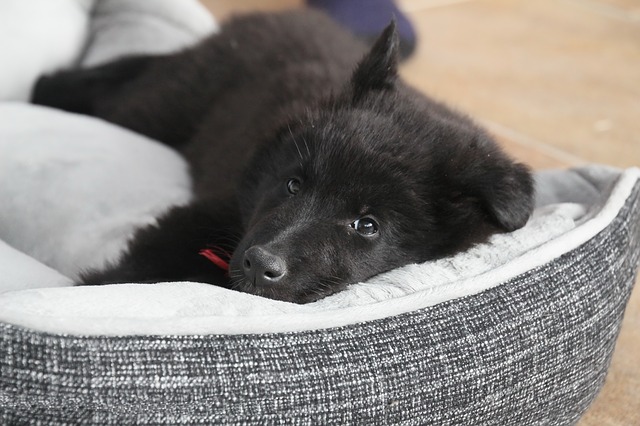
MOVING DAY
Moving day is chaos and pain. Is that too dramatic? Those are the first things I think of. The endless carrying of things, making sure nothing’s getting left behind, the sudden realization that maybe you actually did push that chair against the wall too hard. In the midst of all this, it’s hard to keep an eye on where your pets are, what they’re doing, and if they’re running through a door that’s been left open, out into the wild.
What to do? Well, it depends. With dogs, if you know someone that they trust enough to spend the day with, go for it. Otherwise you’ll have to sequester them in a room, which, like we stated earlier, can increase their stress because they can’t see what’s going on. Cats, on the other hand, will often hide when there’s this kind of commotion, so sequestering them in a room with food, water, litter, beds, etc., will actually be better for them, and will keep them from escaping while someone’s carrying a couch out the door.
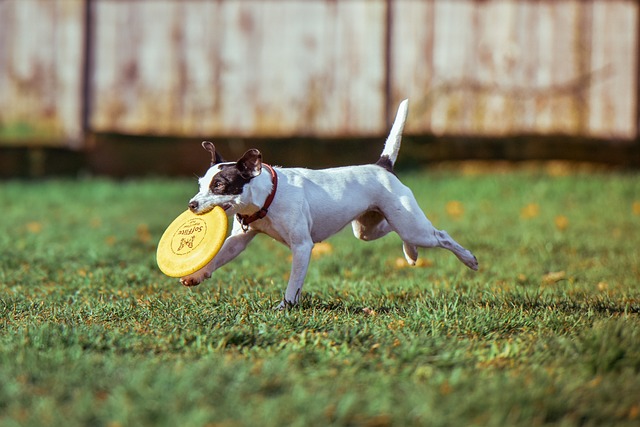
FIRST DAYS
Once you’re in the new place, well, there’s more chaos to deal with, and you’ll probably be off your game a little bit, too. But it’s super important to keep your pet’s routine the same as much as possible. Feeding, treats, walkies, all that stuff. Having the same routine helps them feel that even though a lot has changed, the things they want are still there for them.
Once again, dogs and cats are going to react differently. Cats tend to “disappear” in a new place, most likely in some dark corner where they feel most protected from whatever dangers might be in this new place. The best way to handle this is to put their food, water, and litter in whatever room they’re hiding in, and let them come to terms with this new place in the same way they do everything: how they want.
With dogs, they’ll want to smell everything and explore everything, so why not just give them a tour? If they feel more secure in a strange place when they’re on a leash, then by all means, use a leash and take them around so they can get a lay of the land. And of course, make sure that their old, familiar toys and beds are around so that they can have familiar scents. It doesn’t hurt to run them ragged, too. A tired pup doesn’t have energy to be nervous in a new place.
These are all just basic guidelines, of course, and there’s variation among dogs and cats. We’ve known cats that love to be in cars, and dogs that hide under beds. You know your pet best, so just keep an eye on them, maintain their regular schedule, and they’ll come to love their new home as much as you do.
